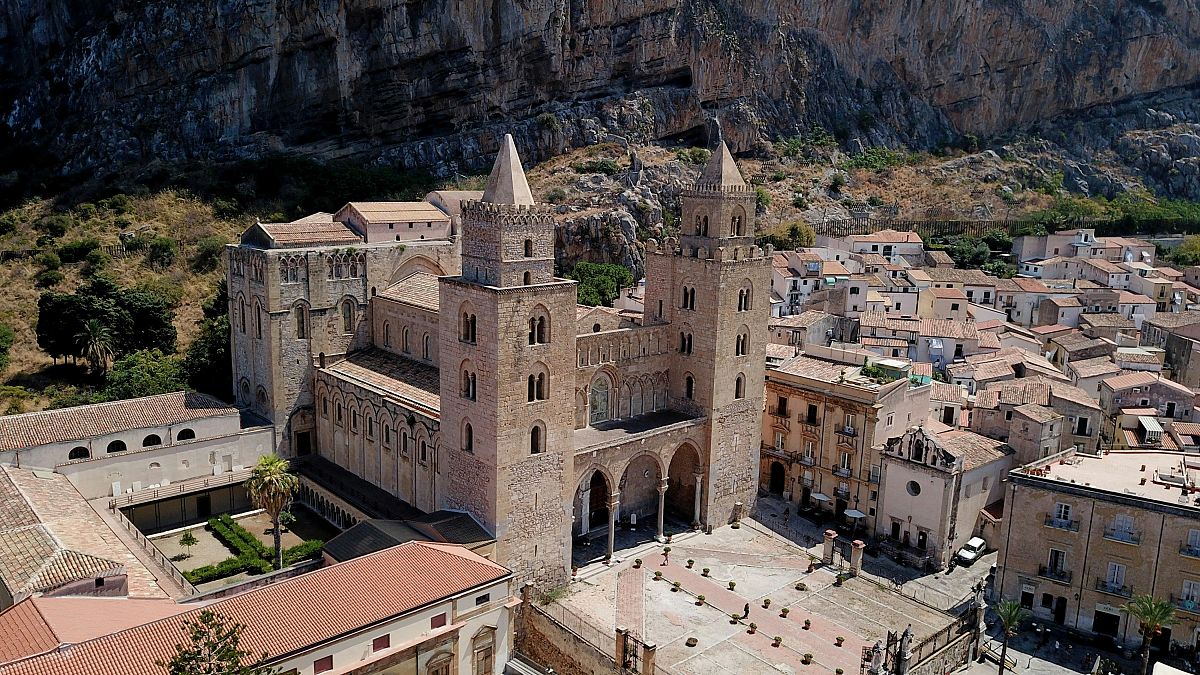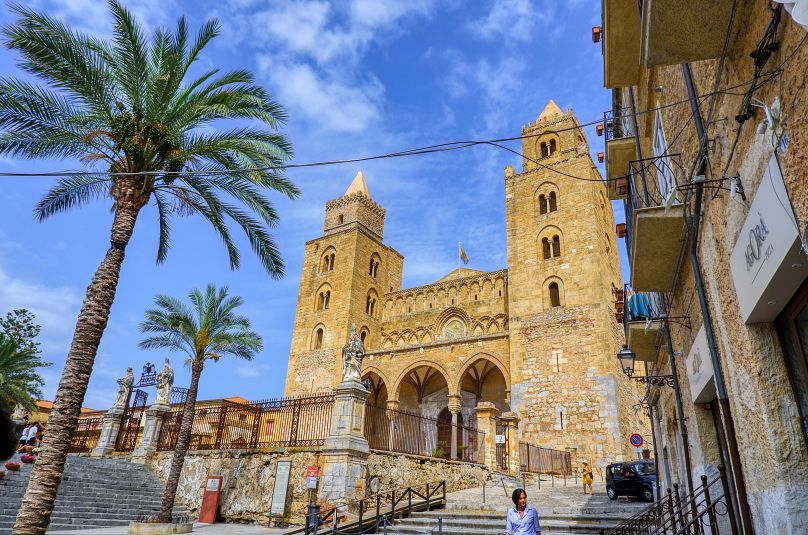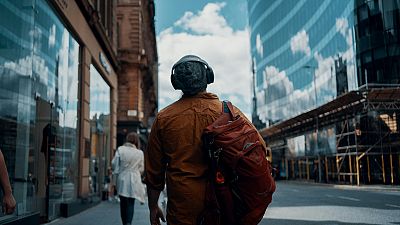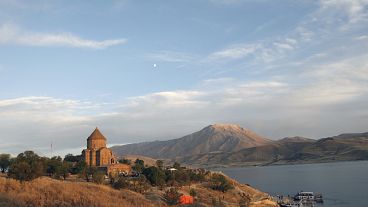With enthralling histories and artistic splendours, churches have become temples of culture as well as being sacred sites.
Barcelona’s whimsical Sagrada Familia church is inundated with nearly four million visitors a year.
Religious buildings are some of the key tourist attractions in European cities, including St Peter’s Basilica in Rome, Westminster Abbey in London and Cologne Cathedral.
With enthralling histories and artistic splendours, they have become temples of culture as well as being sacred sites.
Here are more art-rich churches in Europe that might not be on your radar which you should consider booking a city break around.
Marvel at Byzantine mosaics in Ravenna
With Venice cut from cruise ship itineraries, passengers might dock in Ravenna - a city around two hours south with a port.
Modest-sized and relaxed, Ravenna surprises visitors with its distinguished history as the capital of the Western Roman Empire in the 5th century and mesmerising Byzantine mosaics.
Eight religious buildings make up the Early Christian Monuments of Ravenna UNESCO World Heritage Site, each adorned with dazzling tilework.
Inside the Basilica of San Vitale, visitors can marvel at shimmering scenes of Old Testament episodes and angels, while the flamboyant mosaics of the Basilica of Sant’Apollinare Nuovo depict jewel-laden wise men and opulently-dressed maidens.
Peak into fresco-filled cave churches in Cappadocia
Cappadocia is far more than a hot air balloon show. The central Turkish region is honeycombed with ancient cave communities, some of which you can still stay in.
One of the most comprehensive cave cities is now an open-air museum. Göreme’s highlights are its churches and monasteries hollowed out from the rock and painted in vivid colour.
Tokalı Kilise (Church of the Buckle) contains 11th-century frescoes of biblical scenes on a brilliant blue lapis lazuli background while the Karanlık Kilise (Dark Church) has some of the best preserved Byzantine wall paintings in Cappadocia thanks to the lack of sunlight.
Delve into history at Durham Cathedral
Rising above the trees and houses of the city of Durham in northern England is the colossal turreted form of its cathedral.
Built between the 11th and 13th centuries, the cavernous stone structure is a model of monumental Romanesque architecture with a nave ceiling that is the earliest surviving example of a pointed rib vault.
The cathedral houses the relics of St Cuthbert, the patron saint of Northumbria, and the Venerable Bede, an English monk and scholar.
Together with the adjacent sprawling castle, it was awarded UNESCO World Heritage status as the largest and finest example of Norman architecture.
Gaze at gilded mosaics in Cefalù Cathedral
The coastal town of Cefalù in northern Sicily is designated as one of the most beautiful villages in Italy and is renowned for its fortress-like Norman cathedral.
Part of the Arab-Norman UNESCO World Heritage Site with other structures in nearby Palermo, the 12th-century church is flanked by massive twin towers and decorated with interlacing pointed arches.
Inside, the underside of the apse sparkles with gilded mosaics representing a giant Christ Pantocrator.
Explore a mosque turned church in Córdoba
Lying in the Andalusian region of Spain, Córdoba was a prominent Roman settlement and then a major Islamic centre in the Middle Ages.
It was during the latter period that the city’s Mezquita was built - a vast mosque featuring a mesmerising series of double-tiered, red and cream-striped archways.
When Córdoba was conquered by Christian forces in the 13th century, the mosque began its transformation into a cathedral.
Over the next four centuries, the building underwent significant remodelling and additions like the lavish Mudéjar-style Royal Chapel and the intricately carved Gothic nave.




